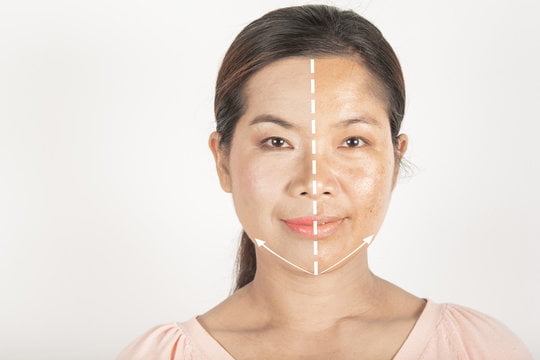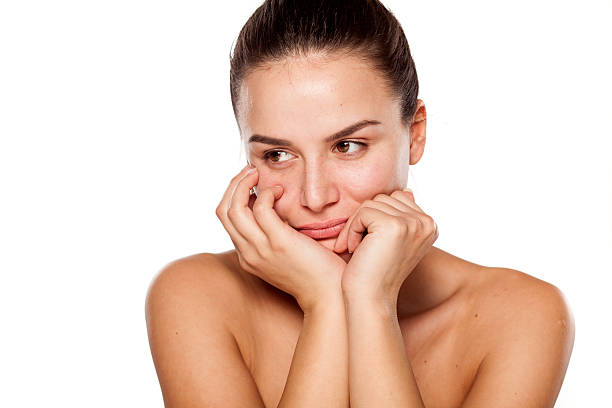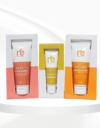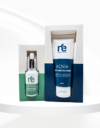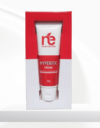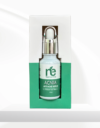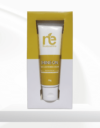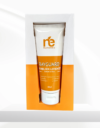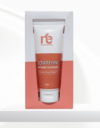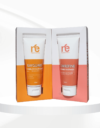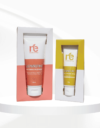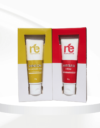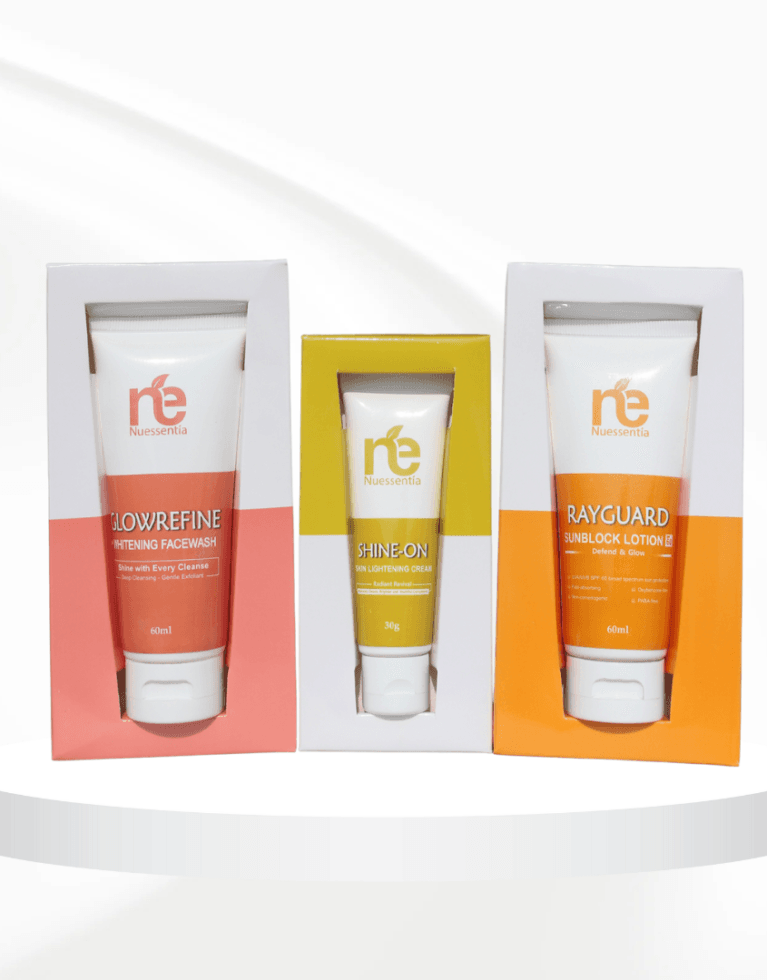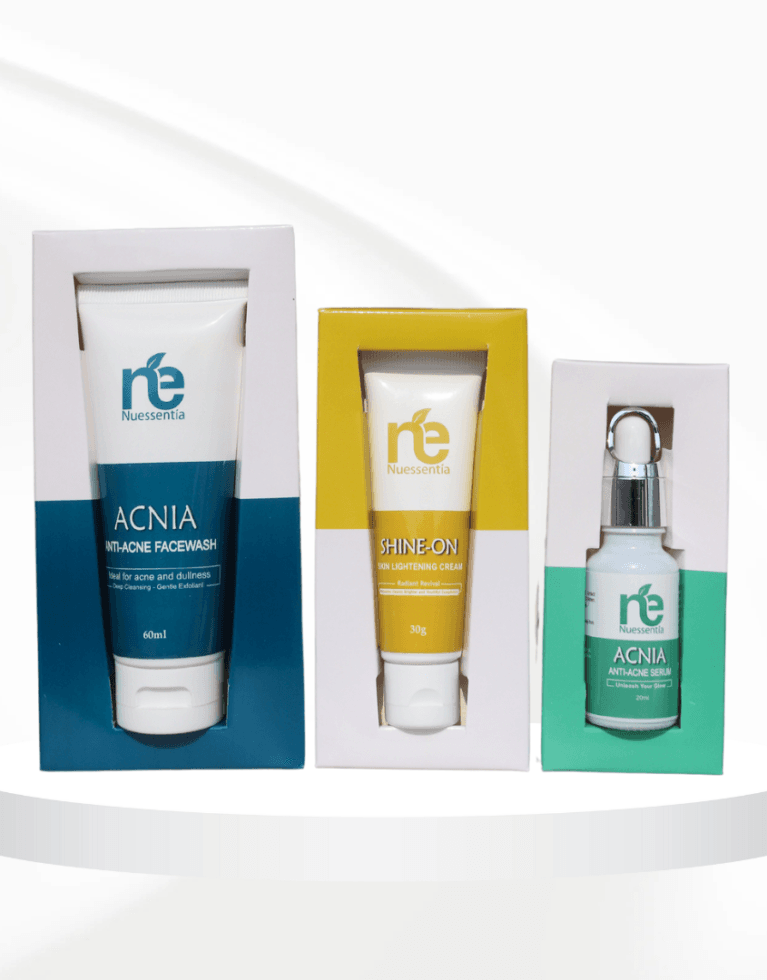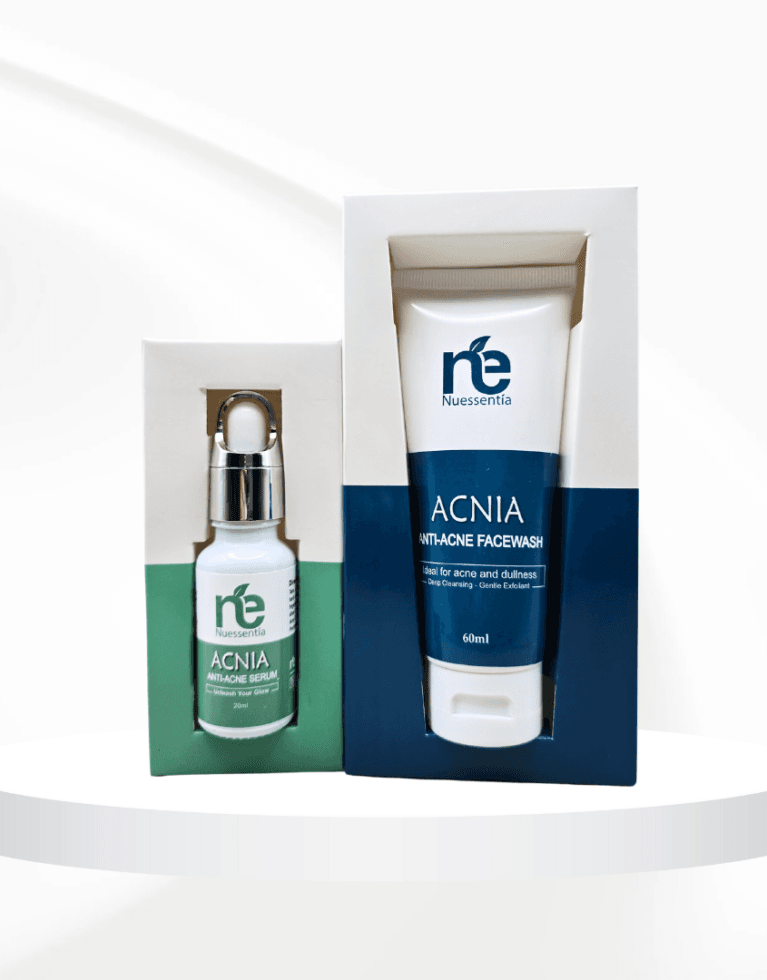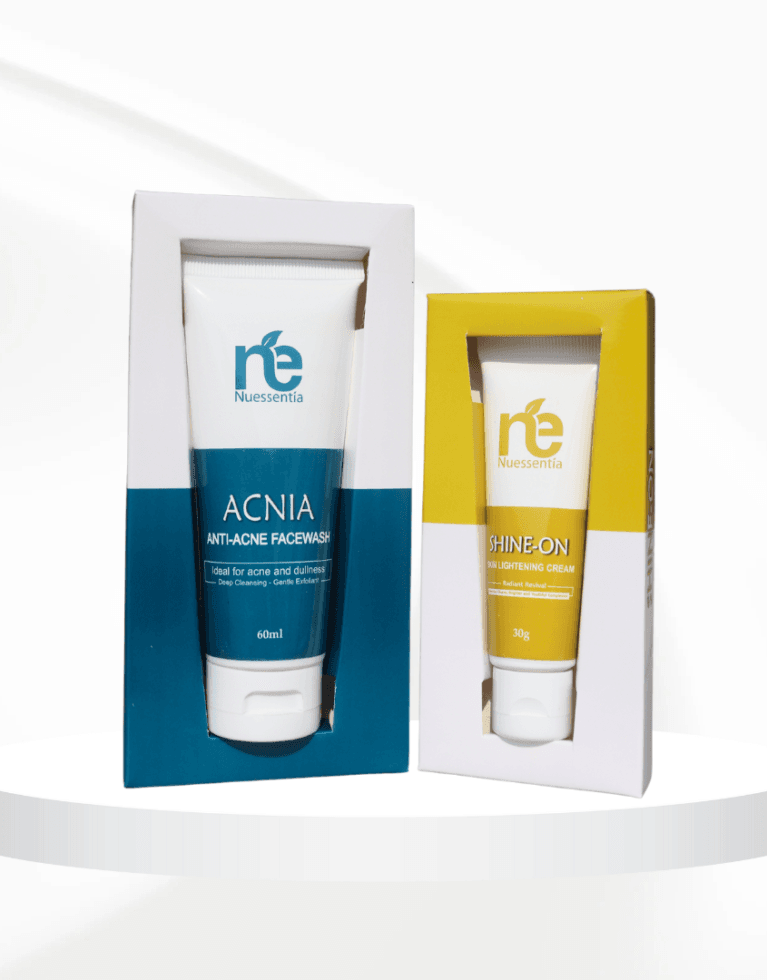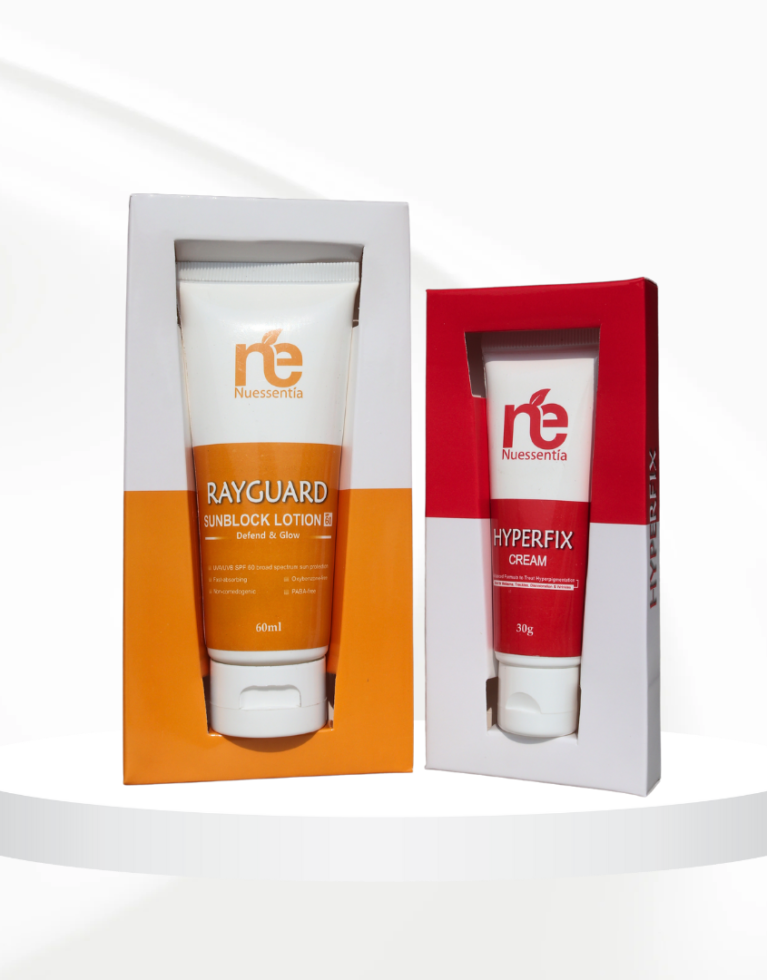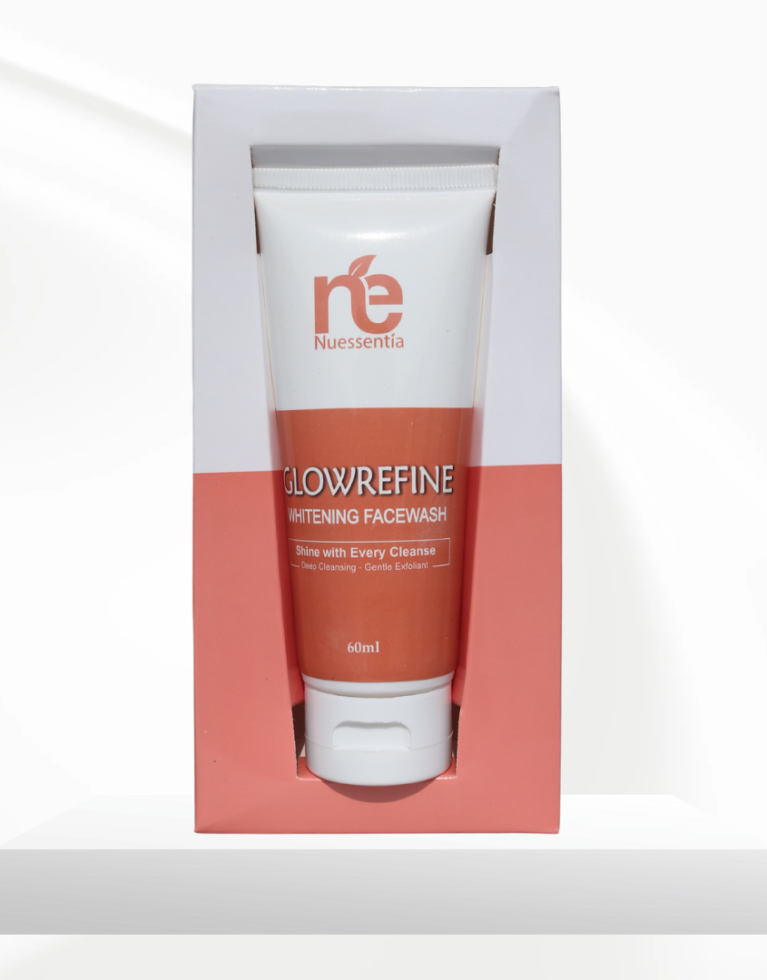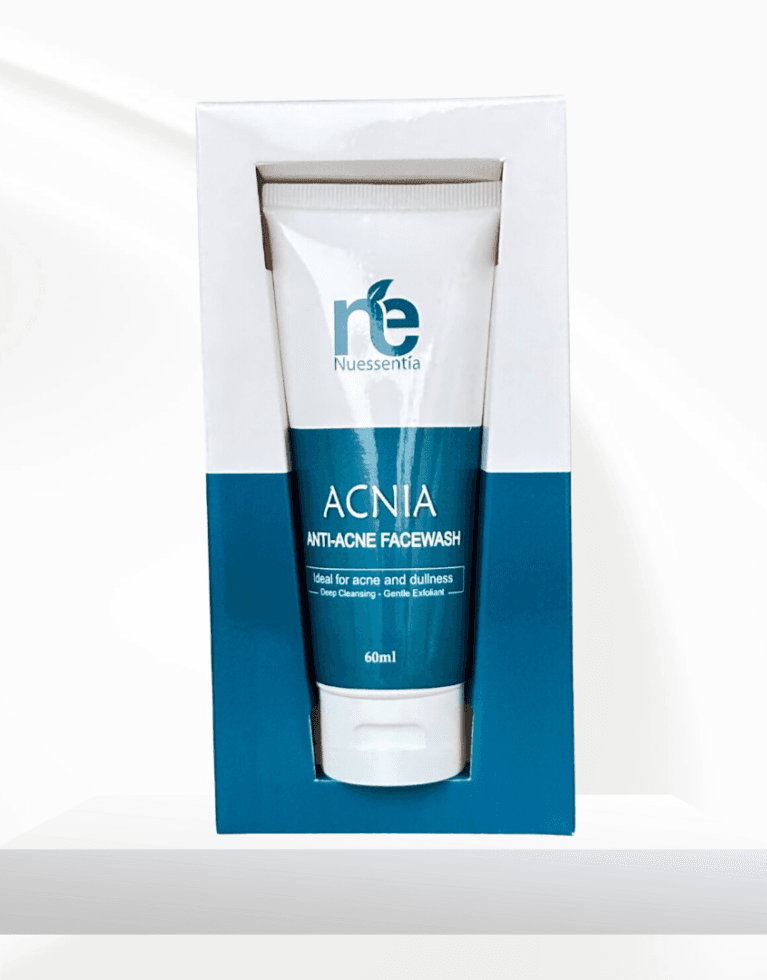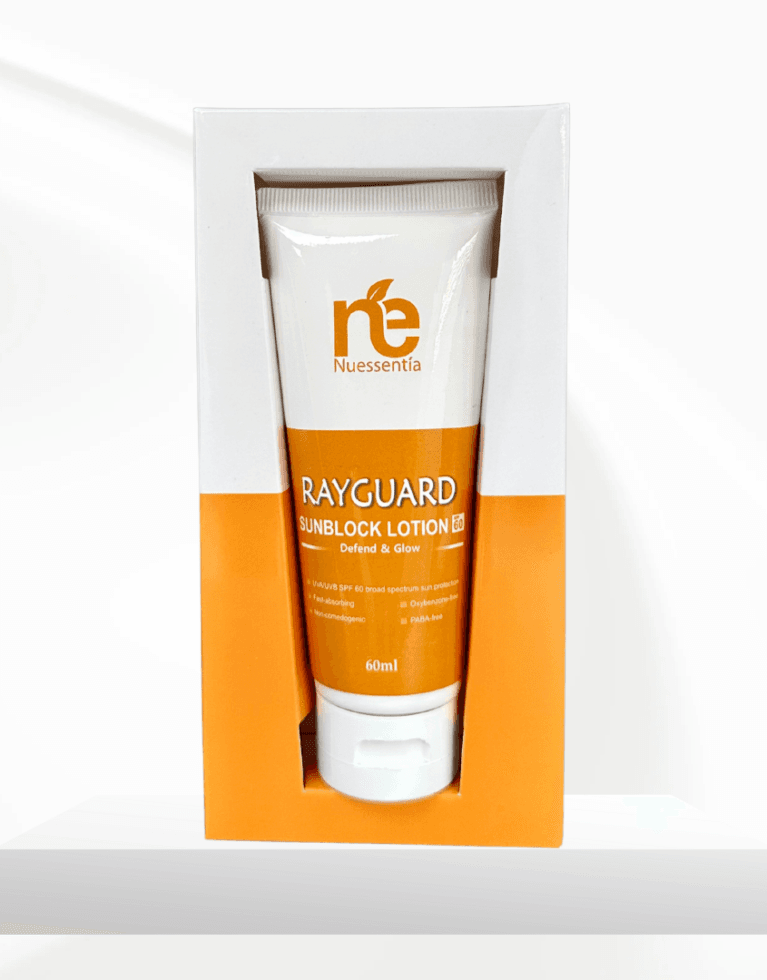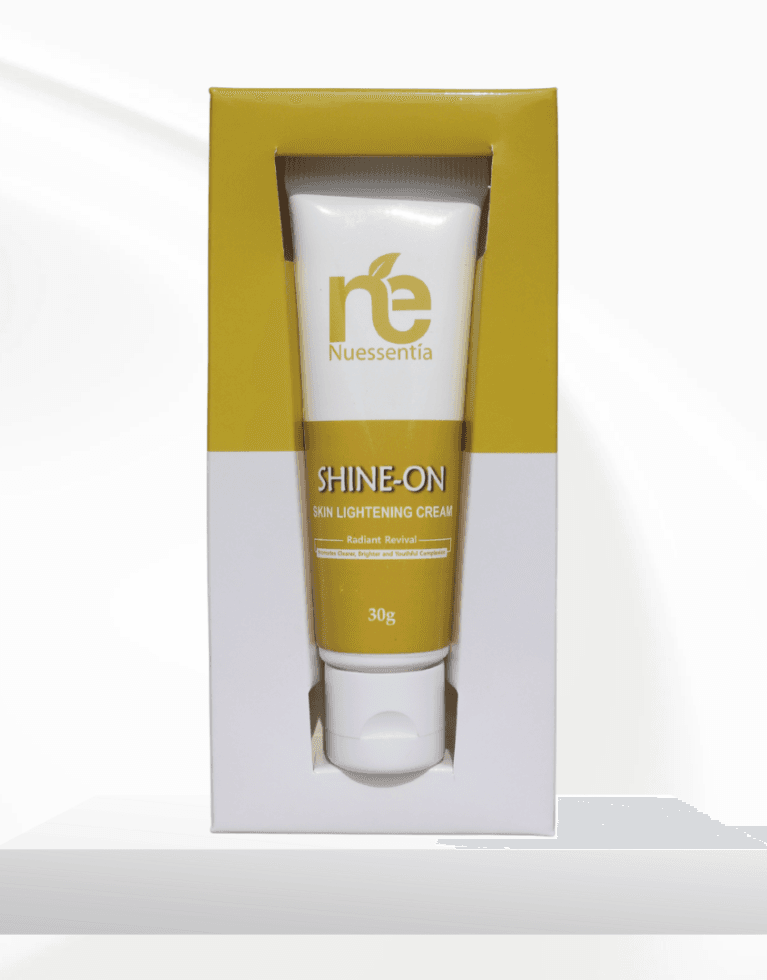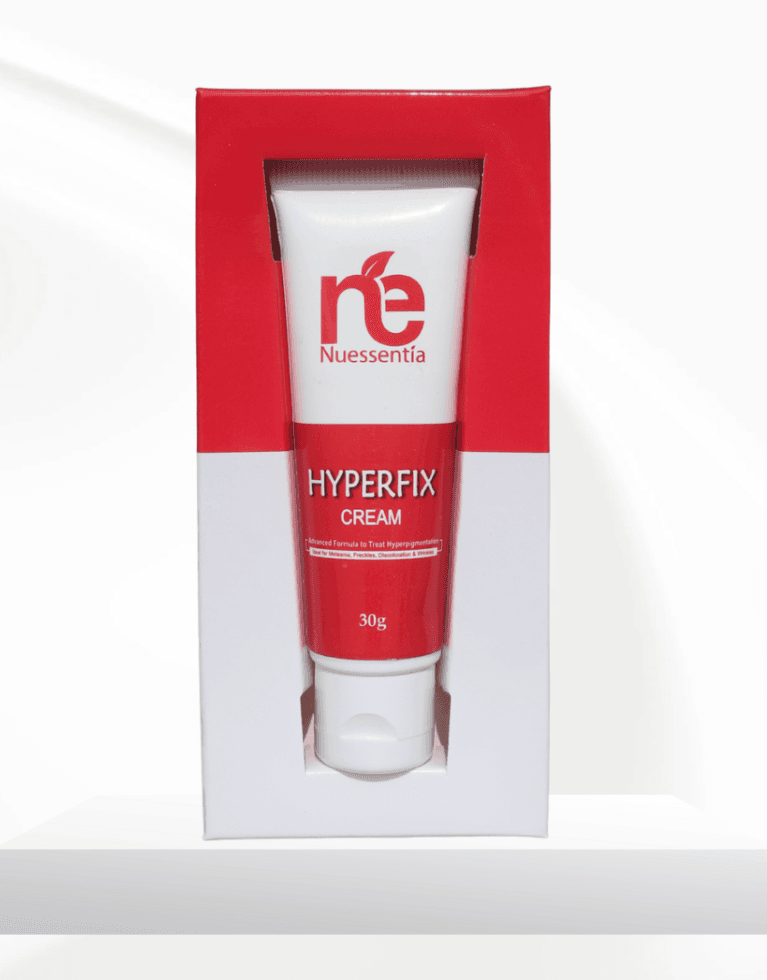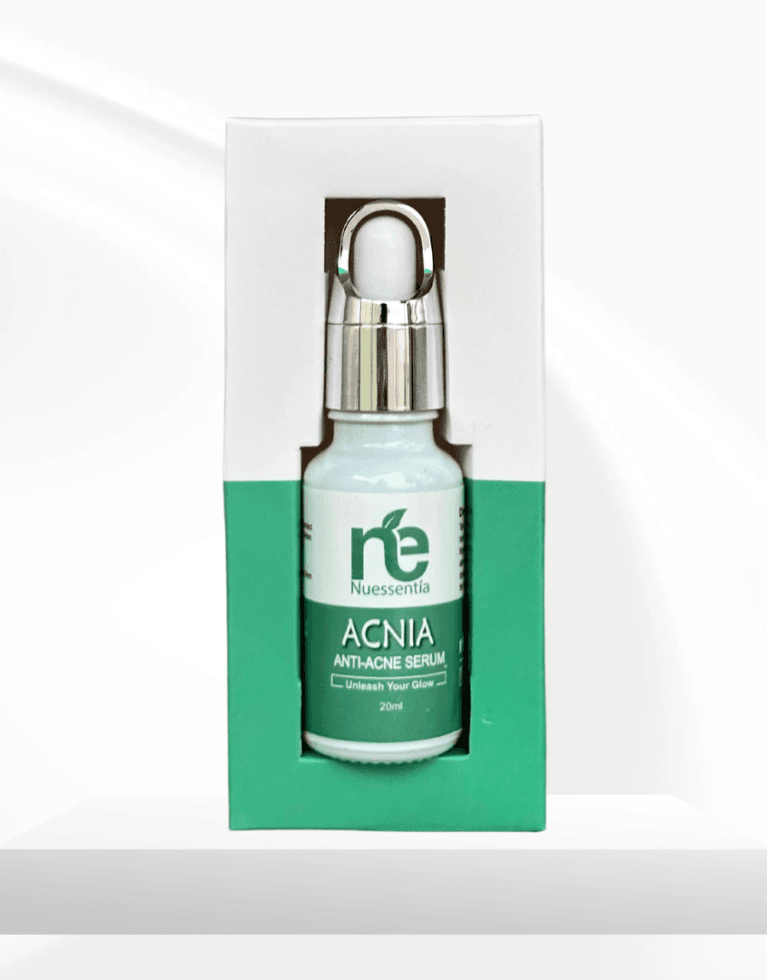Causes of Melasma and How to Treat It: A Comprehensive Guide
Melasma is a common skin condition characterized by dark, discolored patches that typically appear on the face. It affects millions of people worldwide, especially women, and can have a significant impact on one’s self-confidence. Whether you’re noticing dark patches for the first time or you’ve been dealing with melasma for years, understanding the causes and treatments can help you manage and reduce its appearance effectively. This guide will explore the various causes of melasma and offer practical tips on how to treat it, featuring some of the most effective solutions for achieving an even and radiant complexion. In this article, we’ll dive into what melasma is, why it happens, and the best ways to treat it. With advancements in skincare, including products like Nuessentia’s Hyperfix Cream, dealing with melasma has become much easier. Let’s start by understanding what melasma is and its root causes. What is Melasma? Melasma is a form of hyperpigmentation that results in brown or gray-brown patches on the skin, most commonly on the face. It often appears on the cheeks, forehead, bridge of the nose, upper lip, and chin, though it can also affect other areas of the body exposed to sunlight. While it is not a harmful condition, melasma can be persistent and difficult to treat without the right approach. The skin condition tends to be more common in women, particularly those with darker skin tones, and is often exacerbated by hormonal changes, such as those that occur during pregnancy or with the use of birth control pills. This is why melasma is sometimes referred to as the “mask of pregnancy.” Causes of Melasma Sun Exposure Sun exposure is the leading cause of melasma. Ultraviolet (UV) rays from the sun stimulate the melanocytes in the skin, leading to the overproduction of melanin, which causes dark patches. Melasma can worsen or become more noticeable after prolonged sun exposure, even with minor sunburns or tanning. Prevention Tip: Always wear sun protection. A high-SPF sunscreen like Nuessentia’s RayGuard SPF60 Sunblock Lotion is essential. It offers broad-spectrum protection, shielding your skin from harmful UVA and UVB rays, which can trigger or worsen melasma. Hormonal Changes Hormonal fluctuations are another significant cause of melasma. This condition is commonly observed in pregnant women, those taking oral contraceptives, or individuals undergoing hormone replacement therapy. The increased estrogen and progesterone levels stimulate melanocytes, causing the characteristic pigmentation of melasma. Prevention Tip: If you’re pregnant or using hormonal contraceptives, consult with your doctor about managing melasma. Sometimes switching to non-hormonal options can help minimize the risk. Genetics Research suggests that genetics play a role in the development of melasma. If a close family member has melasma, you’re more likely to develop it as well. People with darker skin tones, such as those of Hispanic, Asian, or Middle Eastern descent, are also at a higher risk. Skin Inflammation Any form of skin trauma, such as irritation, cuts, or burns, can lead to post-inflammatory hyperpigmentation, which may result in melasma. Even aggressive skin treatments, like chemical peels or laser therapy, might trigger the condition in some individuals, particularly those with sensitive or darker skin. Medications and Cosmetics Certain medications, especially those that increase sensitivity to sunlight (photosensitizing drugs), can contribute to melasma. Similarly, irritating skincare products or harsh cosmetics can worsen pigmentation. Prevention Tip: Avoid skin products that contain alcohol or harsh chemicals. Opt for gentle, skin-friendly products like Nuessentia’s Acnia Facewash, which is formulated to prevent irritation and maintain balanced hydration. How to Treat Melasma Now that we’ve explored the causes, let’s dive into effective treatments for melasma. Treating melasma can be a slow process, and results may vary from person to person, but with the right routine, you can reduce its appearance and prevent further darkening. Sun Protection As sun exposure is the primary cause of melasma, protecting your skin from UV rays is critical. Make sure to apply a broad-spectrum sunscreen with an SPF of at least 30, and reapply every two hours when outdoors. For better protection, consider Nuessentia’s RayGuard SPF60 Sunblock Lotion, which offers high-level protection without clogging pores or irritating sensitive skin. This sunblock not only prevents further pigmentation but also nourishes the skin with Vitamin E and Red Algae Extract, providing anti-aging benefits. Topical Treatments Topical treatments are commonly used to lighten the appearance of melasma. These include: Hydroquinone: Often considered the gold standard for treating hyperpigmentation, hydroquinone works by inhibiting the enzyme responsible for melanin production. However, it should only be used under the supervision of a dermatologist, as overuse can lead to adverse effects. Niacinamide: A form of Vitamin B3, niacinamide is known for its skin-lightening properties and ability to reduce inflammation. It can be found in Nuessentia’s Hyperfix Cream, which is specifically designed to target melasma, freckles, and other forms of hyperpigmentation. Retinoids: These Vitamin A derivatives can help increase cell turnover, allowing new, healthy skin cells to replace pigmented ones. While effective, retinoids can cause irritation, so it’s important to use them in conjunction with a gentle moisturizer. Kojic Acid and Glutathione: These natural ingredients are found in Nuessentia’s Shine-On Cream, which is formulated to brighten the complexion and fade dark spots, including those caused by melasma. Chemical Peels Chemical peels, such as glycolic acid peels, can help to exfoliate the skin and reduce pigmentation over time. These treatments remove the outer layers of the skin, promoting cell turnover and diminishing dark spots. Nuessentia’s GlowRefine Facewash contains Glycolic Acid and Alpha Arbutin, which provide gentle exfoliation and brightening properties. Incorporating this into your daily skincare routine can help maintain an even skin tone. Laser and Light Therapies Laser treatments, such as fractional lasers, and intense pulsed light (IPL) therapy can be effective in treating stubborn melasma. However, these treatments should be approached with caution, as they can sometimes worsen pigmentation, especially in individuals with darker skin tones. Oral Medications In some cases, dermatologists may prescribe oral medications such as tranexamic acid, which helps reduce pigmentation by blocking the interaction between melanocytes and UV light.





